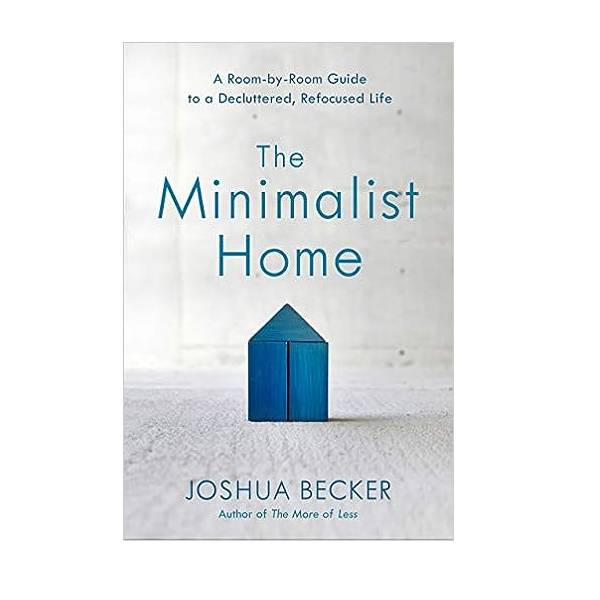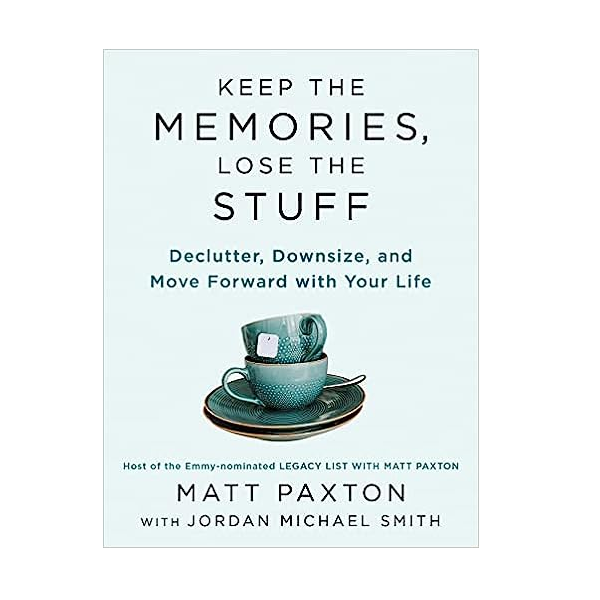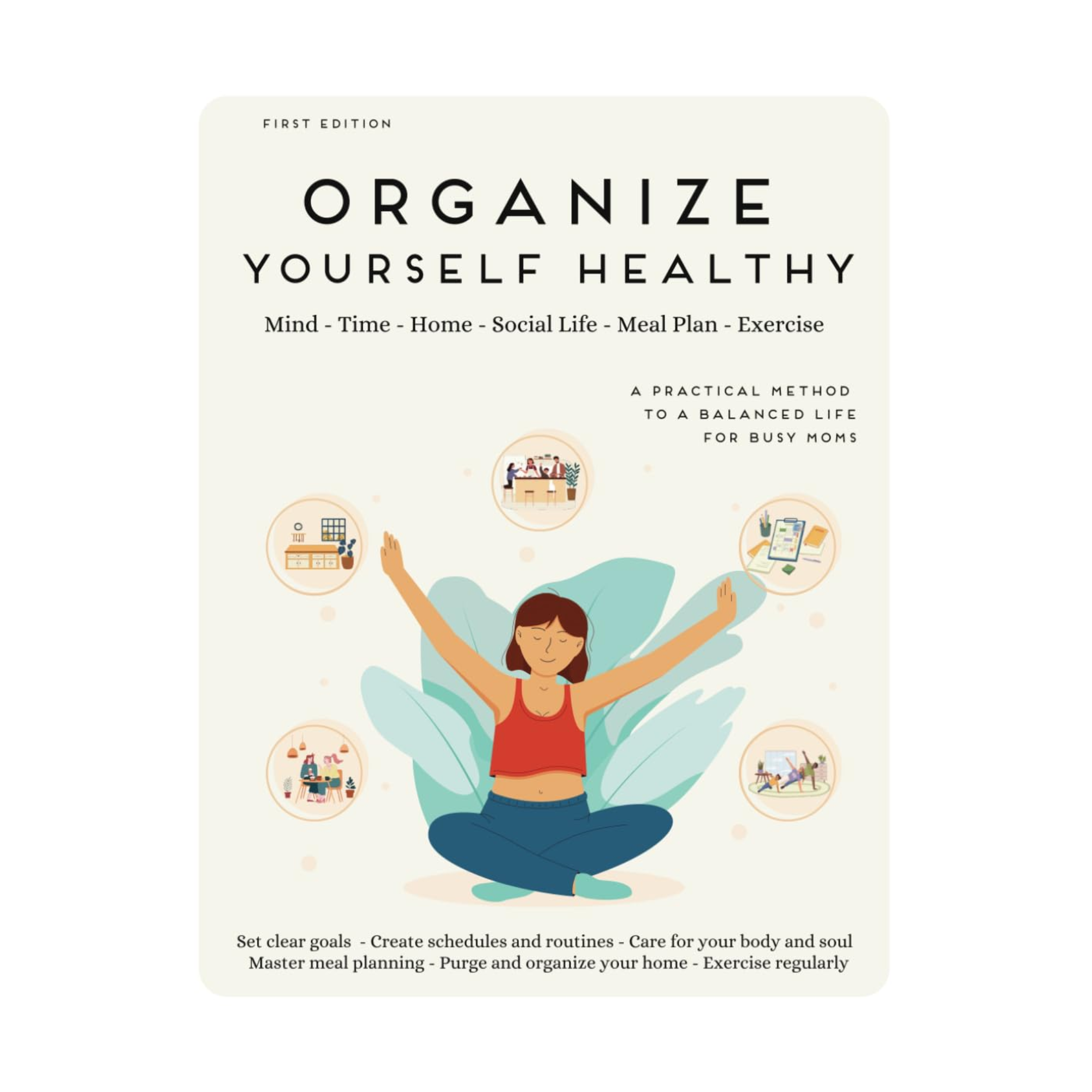This 'Box & Banish' Decluttering Method Helps You Part With Your Stuff Without the Fear of Regret
This gentle decluttering technique helps you make the right decisions about what to throw away
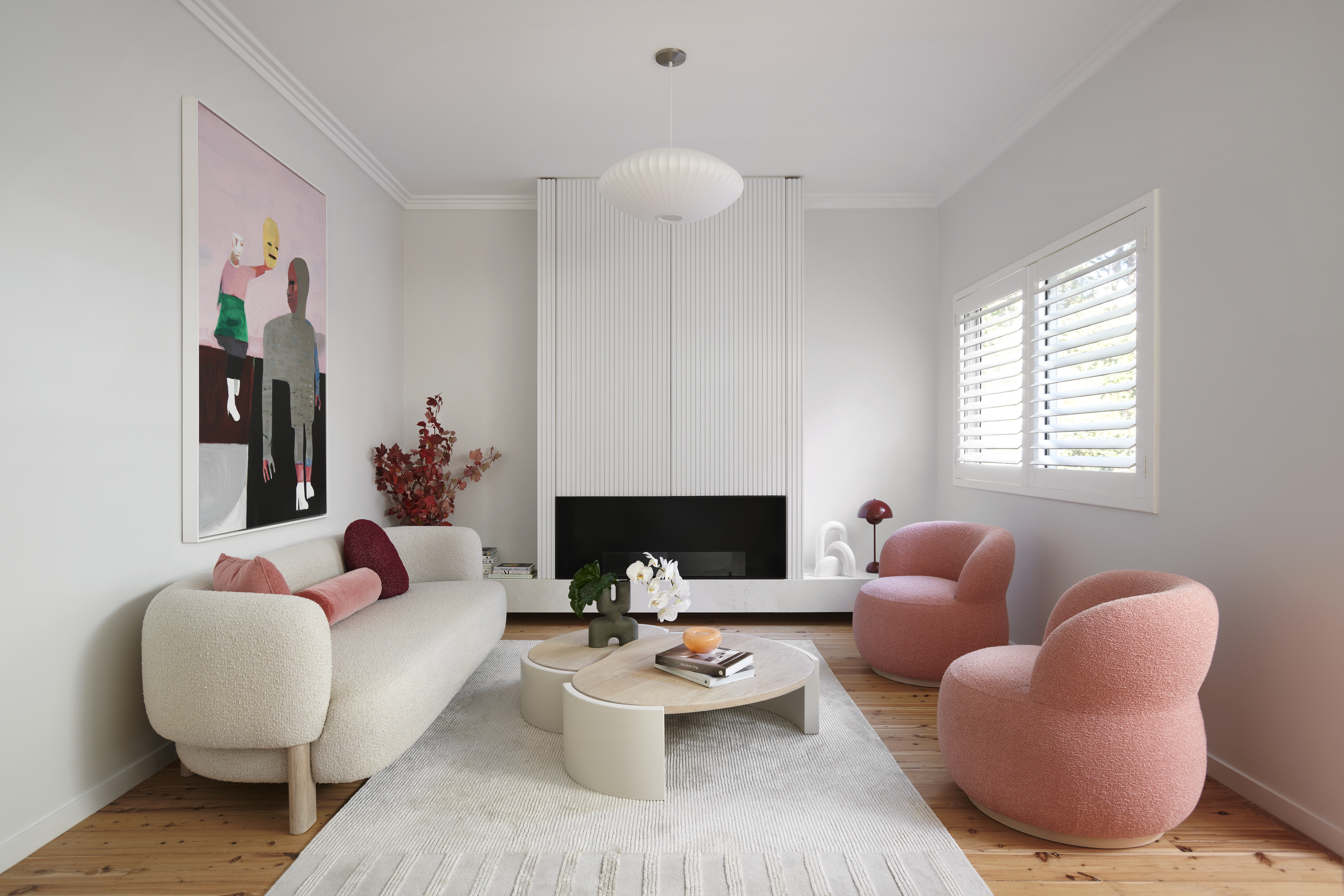

There are a few common obstacles when it comes to decluttering, the primary ones being guilt, overwhelm, indecision, and of course, the fear of regret. If you've ever held on to something you don't use or love for longer than you need, you're not alone. The plaguing 'what if?' scenarios that play out in your head usually come from a place of rationality but, if you want to have a truly successful declutter, you need to combat this unhelpful mindset.
Decluttering a room is no mean feat. Often the items we want to get rid of are of the functional variety, leading us to overthink whether or not we should part with them. It's reasonable to tell yourself that the spare garlic press that's been collecting dust in your kitchen drawer would be extremely helpful if your main one breaks, or that the aging rusty tools in your garage would be perfectly practical if you just gave them some TLC. True, we never know when we might need something, but we also have to be honest with ourselves about how likely that scenario will be.
If you're in a constant state of fearing regret, don't write off decluttering completely. There are some excellent decluttering methods out there to help you cut the clutter and change your mindset, one of those being the 'box and banish' method. It might just be the kindest decluttering strategy to help reassure your anxious mind that you're making the right decisions about what to throw away. Curious to learn more? We spoke to some decluttering experts to find out their insights, and here's what they had to say.

Di Ter Avest is a professional home and lifestyle organizer and the owner of Di is Organized, in Baltimore, MD (USA). Her accountability program and book Organize Yourself Healthy (now available on Amazon) help women across the globe to get their lives and homes organized, leading to lower levels of stress and overwhelm. Her expertise has been featured on Forbes, Today, ApartmentTherapy, Real Homes, Livingetc, Home & Gardens, and Kitchn; she has also given workshops at IKEA, West Elm, and Williams-Sonoma.
What is the 'box & banish' decluttering method?

The realm of home organization is saturated with so many strategies and decluttering tips it can be hard to know where to look and what to take seriously. Fortunately, though, the 'box and banish' method has experts' approval.
If you haven't already guessed from the name, this technique involves boxing up the stuff you plan to part with and banishing it from your space. You don't have to say goodbye forever though - at least, not initially. 'The "box & banish" decluttering method involves using boxes or containers to temporarily store items that you're unsure about keeping,' explains Di Ter Avest, owner of Di is Organized. 'That's your maybe pile, or as I call it with my home and lifestyle organizing clients, the hide and seek system.'
The idea is that you place these items in boxes and store them out of sight for a designated period. 'I usually suggest six to 12 months,' says Di. 'During this time, if you haven't needed or missed any of the items, you can safely discard or donate them without hesitation. When you close the box, use a label or a piece of painter's tape and date the box with the "expiration date".'
Aaron Traub, owner and lead organizer at My Professional Organizer, points out that this method aims to simplify the decision-making process during decluttering. 'The idea is to only retrieve items from this box when needed or wanted, which helps realize what is truly essential,' he says. 'Over time, if items in the box remain unused or unmissed, it becomes clearer that they can be let go.'
How effective is the 'Box & Banish' method?
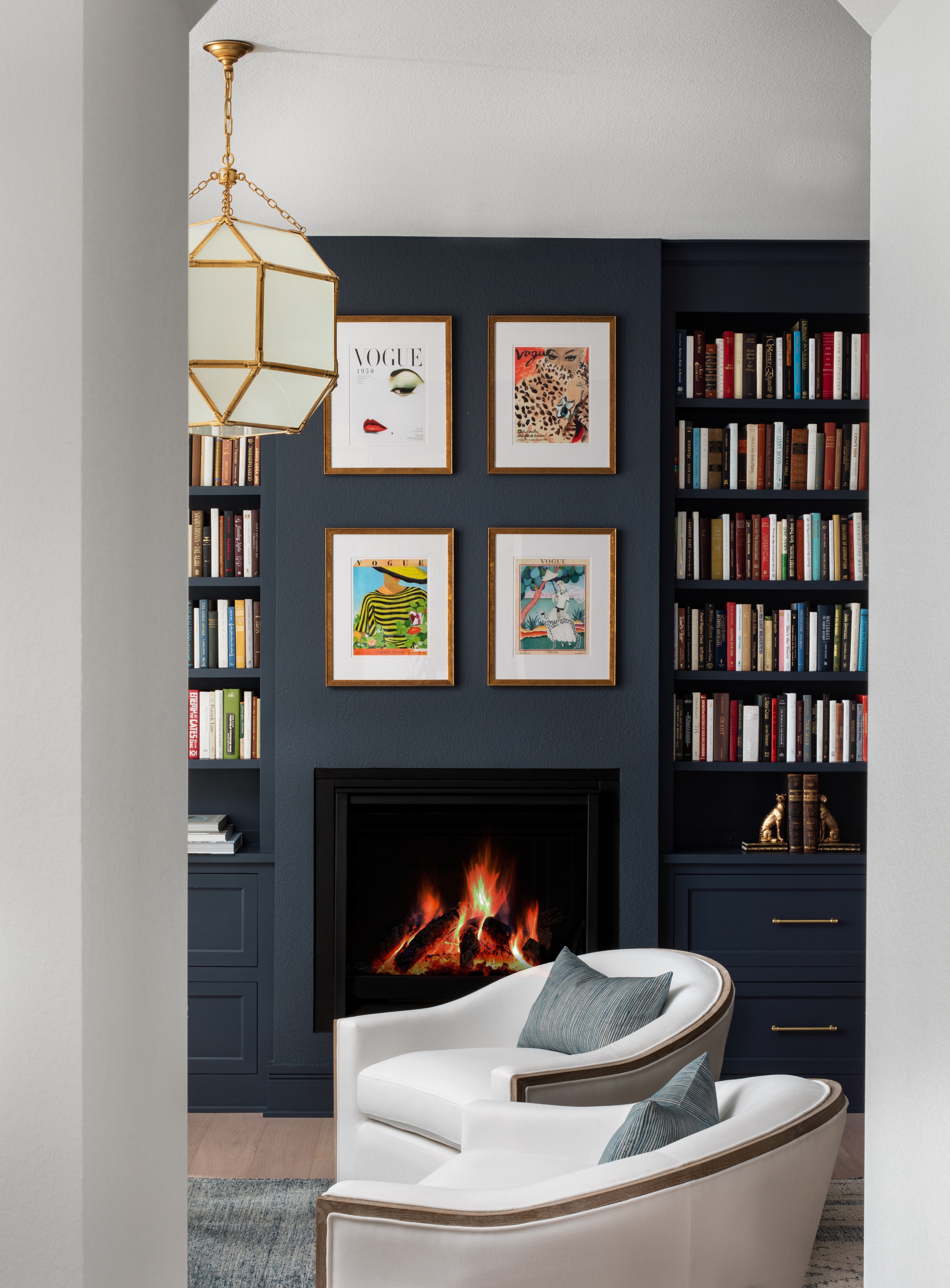
In theory, this method might sound like a great way to start decluttering, but how likely is it that you'll actually stick to the rules? Well, the great thing is, if you go back to the box for something you need or that you're missing, then that item can automatically be welcomed back into your space. Think of it as a gentle form of parenting, slowly weening you from your junk.
'The box and banish technique places individuals in the right mindset to part with items they no longer need,' says Aaron. 'This method mirrors creating a "maybe pile", but with added physical and psychological distance. My experience with clients has shown that revisiting these undecided items after some time often leads to a greater willingness to part with them, making it a practical step towards decluttering.'
That being said, Di is quick to note that the effectiveness of the approach depends on the individual's personality and decluttering goals. 'For some, it can be an ideal method to overcome decision fatigue and gradually streamline possessions. It provides a structured way to assess the necessity of items without the pressure of immediate disposal,' she says. 'However, if your home is super cluttered, just boxing your belongings won't transform your way of living.'
What decluttering situations is this method best for?

Decluttering techniques aren't 'one-size fits all'. As Di notes, 'it's important to remember that decluttering is a personal journey, and what works for one person may not work for another'. So, depending on your decluttering habits and the size of your decluttering goals, you might want to consider whether the box and banish method is right for you.
'It's important to mention that this method probably doesn't work for people with severe hoarding tendencies, those needing immediate results, people with limited storage space, and those prone to procrastination,' says Di. 'While the "box & banish" method can help overcome decision paralysis for some, it may also enable procrastination in others, leading to multiple boxes of items being left untouched for extended periods.'
That said, if you're prone to 'what if' scenarios and you're working with smaller amounts of stuff, this method is probably worth a try if you want to declutter without regretting it. 'It's particularly beneficial for individuals who struggle with letting go of items,' says Aaron. 'Proving to themselves that they can live without these items for an extended period reinforces the notion that parting with them is a positive step. It's also a good strategy for those who feel an initial resistance to decluttering because it allows them to experience detachment in a gradual, less confronting way.'
How should you apply the 'box & banish' method in your home?
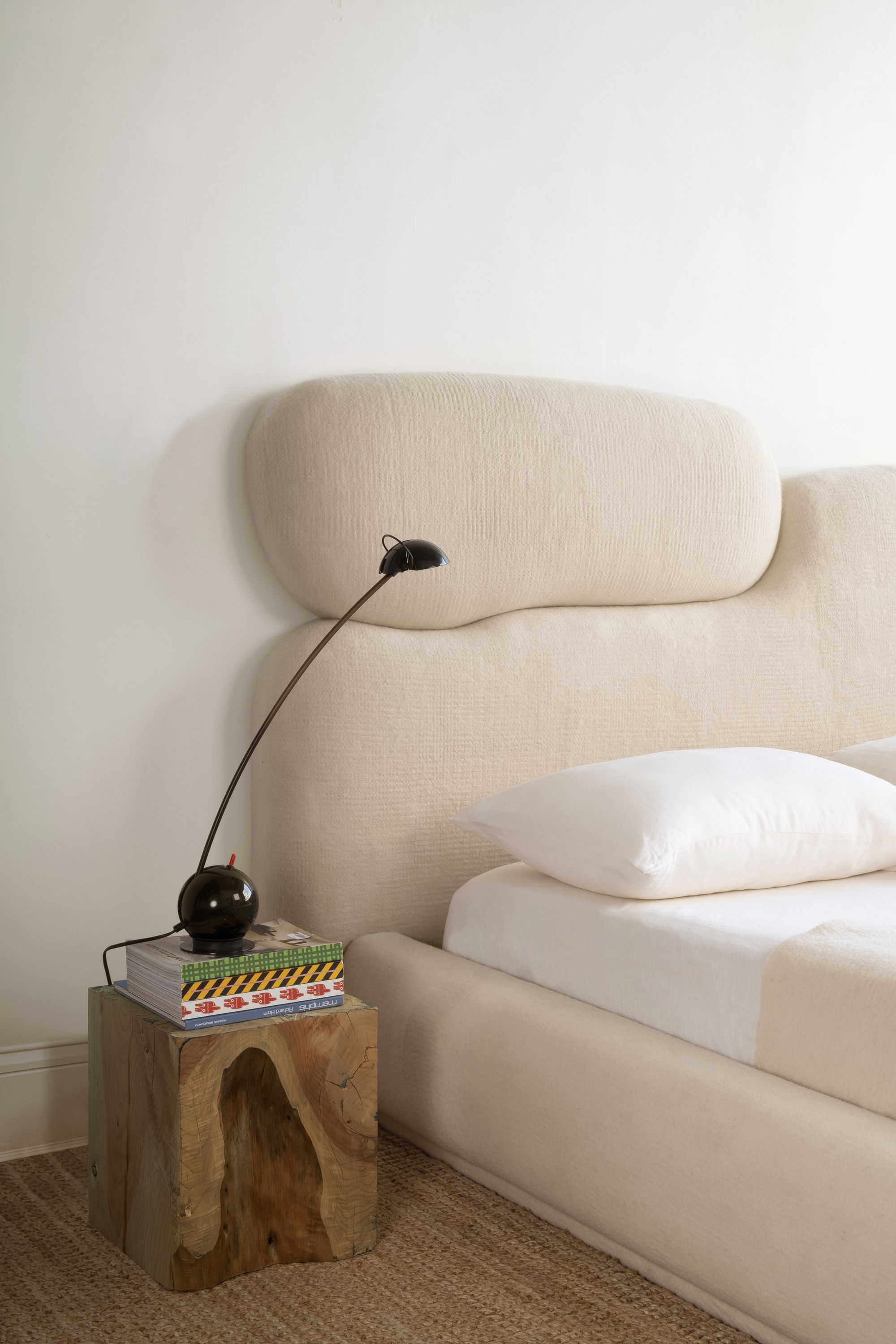
You don't have to use this method in isolation, either. Using it in conjunction with other decluttering tricks might bring about a more positive long-term result. For example, pairing it with the 'move out' method (putting everything from the space you plan to declutter into moving boxes to make your efforts more productive) could make the decision easier because you're only deciding what to take out of the box, not what to put in.
Aaron points out similarities with other techniques, too. 'Evaluating whether an item has been used or worn in the past six to 12 months can improve decision-making in the decluttering process,' he says. 'Items not used within this timeframe likely do not have a place in one's current lifestyle. This method is typically called the "One Year Rule," and we use this with many of our decluttering clients.' If you want to set yourself more of a challenge, adapt this to the six-month rule.
'Embracing decluttering is as much about creating physical space as it is fostering mental clarity and emotional well-being,' adds Arron. 'It's not just about parting with items but about freeing up space that reflects one's current needs and lifestyle.' Lastly, however you plan to approach this method, remember to be kind to yourself in the process.
Be The First To Know
The Livingetc newsletters are your inside source for what’s shaping interiors now - and what’s next. Discover trend forecasts, smart style ideas, and curated shopping inspiration that brings design to life. Subscribe today and stay ahead of the curve.

Lilith Hudson is a freelance writer and regular contributor to Livingetc. She holds an MA in Magazine Journalism from City, University of London, and has written for various titles including Homes & Gardens, House Beautiful, Advnture, the Saturday Times Magazine, Evening Standard, DJ Mag, Metro, and The Simple Things Magazine.
Prior to going freelance, Lilith was the News and Trends Editor at Livingetc. It was a role that helped her develop a keen eye for spotting all the latest micro-trends, interior hacks, and viral decor must-haves you need in your home. With a constant ear to the ground on the design scene, she's ahead of the curve when it comes to the latest color that's sweeping interiors or the hot new style to decorate our homes.
-
 Turns Out the Coolest New Café is Actually In Your Kitchen — Here's How to Steal the Style of TikTok's Latest Trend
Turns Out the Coolest New Café is Actually In Your Kitchen — Here's How to Steal the Style of TikTok's Latest TrendGoodbye, over-priced lattes. Hello, home-brewed coffee with friends. TikTok's 'Home Cafe' trend brings stylish cafe culture into the comfort of your own home
By Devin Toolen Published
-
 5 Bathroom Layouts That Look Dated in 2025 — Plus the Alternatives Designers Use Instead for a More Contemporary Space
5 Bathroom Layouts That Look Dated in 2025 — Plus the Alternatives Designers Use Instead for a More Contemporary SpaceFor a bathroom that feels in line with the times, avoid these layouts and be more intentional with the placement and positioning of your features and fixtures
By Lilith Hudson Published
